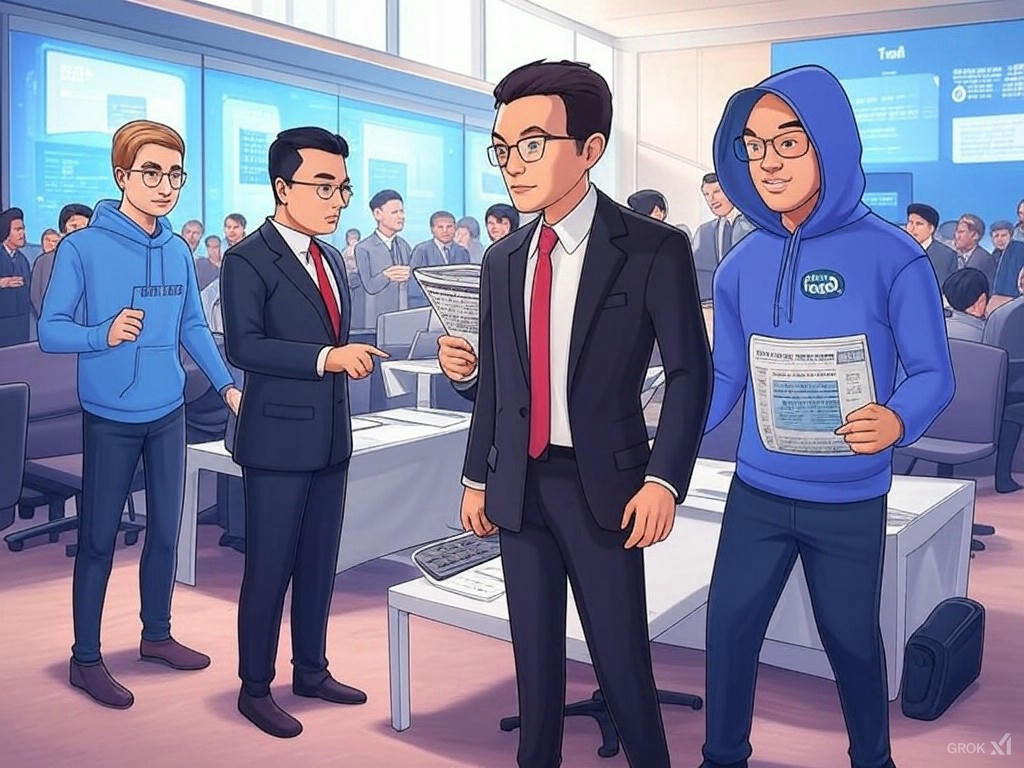
Image source: PM Lawrence Wong’s facebook
Picture this: you’re sitting across from me at our favourite kopitiam, you are drinking kopi siew dai and I am drinking kopi o kosong (as we are conscious about taking less sugar as advised by minister Ong Yee Kung, yea we followed him on TikTok). We’re catching up, and naturally, the topic of Budget 2025 comes up. “Ugh, another budget speech,” you groan. “Just tell me—what’s in it for me?”
Alright, let’s break it down—no finance-speak, just the stuff that actually matters to you.
1. Tackling Cost Pressures
Prices have been creeping up, and the government knows it. To help, every household is getting $800 in CDC Vouchers—$500 in May and $300 in January next year. Half can be spent at supermarkets, and the other half at hawkers and heartland shops.
If you live in an HDB flat, you’ll also see extra U-Save rebates—up to $760 this year, which should help with utilities. Plus, families with kids get a $500 LifeSG credit per child under 12, which can be used for everyday expenses.
And here’s a little birthday gift for everyone—Singapore is turning 60, and all Singaporeans aged 21 and above will receive $600 in SG60 Vouchers. Seniors aged 60 and above get an extra $200, bringing their total to $800. These work just like CDC Vouchers, helping to ease daily expenses.
2. Helping Workers and Businesses Stay Competitive
The job market is evolving fast, and Singapore is doubling down on SkillsFuture. If you’re 40 or older, you already get $4,000 in SkillsFuture Credit. Now, there’s also a training allowance of up to $3,000 per month if you take selected full-time courses. Working while studying? You’ll get $300 a month to help with expenses.
For businesses, the Enterprise Compute Initiative ($150 million) will make AI tools more accessible. Plus, a 50% Corporate Income Tax rebate (capped at $40,000) will ease some financial strain for SMEs.
3. Investing in Sustainability and Innovation
Singapore isn’t just thinking short-term—it’s betting big on clean energy and tech. A $5 billion Future Energy Fund will help secure sustainable power sources, including potential nuclear energy research (yes, really!).
The government is also setting aside $1 billion for R&D, focusing on biotech and semiconductors. If you’re in these industries, expect more support and funding opportunities.
4. CPF Changes for Seniors
If you or your parents are 55 and older, CPF contribution rates are increasing:
- 55 to 60-year-olds: 34% total CPF rate
- 60 to 65-year-olds: 25% total CPF rate
To help businesses adjust, there’s a CPF Transition Offset, where the government covers 50% of the employer’s increase for one year.
5. Transport and Housing Updates
Got an electric heavy vehicle or bus? Road tax changes are coming, with a phased-in Additional Flat Component starting in 2026.
Housing-wise, more shorter-wait BTO flats (less than three years) are being launched, and resale cooling measures will continue to stabilize prices. If you’re in the market for a home, this could make things a little easier.
Final Thoughts
Budget 2025 is all about helping Singaporeans manage rising costs, future-proofing jobs, and investing in sustainability. Between the SG60 Vouchers, CDC Vouchers, tax rebates, and SkillsFuture boosts, there’s something for nearly everyone.

